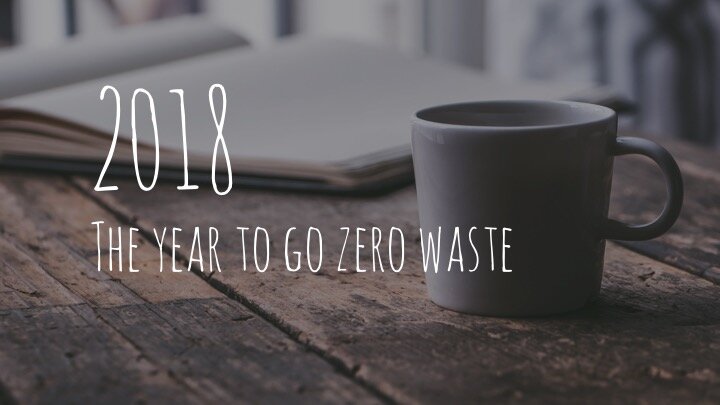Unpacking zero-waste shops
How we get deliveries to minimise waste
Last week we got one of our first (in three years) bad reviews on Google (insert screaming emoji). It went something like this (translated from Swedish):
“The concept that the business is trying to achieve is smart. However, I thought that the store was “zero waste” but to my surprise, I saw that the goods themselves, such as bay leaves, are packaged and that the staff just take them out of plastic packaging and put them in jars for the customers’ eyes. This made me very disappointed“
So, we thought we’d write a longer reply to the reviewer here because we feel it’s important to be transparent and because the answer is not a simple one. It covers food moving across continents, a huge global food supply chain, the role of plastic in preventing food waste and… bugs.
Being zero waste
From the start Gram’s mission has been to boycott unnecessary packaging and enable our customers to reduce their trash. And we are proud to say, we do this. The thing is we can’t have zero packaging ourselves, the products have to come to us in some way. We would love to have a completely circular packaging system with food delivered to us in reusable boxes that we then send back. We’ve created a system like this with some of our local suppliers where they deliver the product in containers that are reused for the next delivery (chocolate, honey, milk, kombucha, vegetables and sweets for example). But this only works with smaller, local suppliers. Unfortunately, the international food, packaging and shipping chain we work within isn’t there yet. There are hardly any companies willing to work with returnable packaging and even if there were, the cost and emissions of shipping the packaging back would outweigh the benefits of reuse.
Large volumes = less packaging
25kg of paper sack that most products come in.
So, how do we get products from non-local suppliers? Firstly, we order around 70% of our products just the same way many big kitchens do, (schools, hospitals and restaurants) in 25kg double-layer paper sacks. We always order in large volumes like this with the rationale that the bigger the package the less packaging is needed per kg. Apart from kitchens, food companies also buy products like this, either using the product in recipes and repackaging as ready meals, canned foods, etc, or repackaging the raw ingredient into consumer-sized (usually plastic) packets. At Gram, we simply skip that last stage of packaging and allow customers to fill the foods directly into their reusable containers.
Then there are the products that don’t come in 25kg paper sacks. Products like pasta, nuts, and dried fruits usually come in cardboard boxes containing 10-12kg and usually with a plastic bag liner. Again, large volumes = less material and again, we are not repacking into small plastic packets as other brands and supermarkets do. But why the plastic liner? Why not just a box? We used to ask the same question but slowly we’ve realised why it’s necessary.
The journey of an almond
Let’s take almonds, which usually come from Italy or Spain, as an example. From the farm they are sent for packing, then they ship to distributors around the world and are kept in warehouses, docking bays, cargo trucks, etc. Then they reach a wholesaler, are stored in another warehouse before being shipped again and eventually ending up at retailers like Gram, with probably another stop or two in the shipper’s warehouse. During that time they can be subject to damp, being stacked and restacked with a risk of the box breaking and are vulnerable to bugs looking for a place to infest. The plastic layer protects our almonds from all those risks making sure they get to us safely, with no bugs and no waste. With the climate impact of the loss of 12kg of almonds (or any food for that matter) being far greater than that of a thin layer of plastic wrapping, you can see there is some value in the plastic where it prevents food waste. We are of course all about boycotting over and unnecessary use of plastics and always will be, but there has to be a balance between food waste and packaging.
Diagram of the complex journey food makes from farm to consumer, and where Gram sits in the chain.
How about our reviewer’s issue with bay leaves in plastic? Spices tend to come from all over the world and are prone to going stale and losing flavour if they are not kept in airtight conditions. Many spices are “clingy”, meaning they stick to porous materials, like paper. Most spice suppliers we’ve worked with the package in plastic and are not willing to change. Again, we’d love to receive the spices in reusable tins, but we are yet to find a supplier who can cater to this. So back to our old trick of buying in larger volumes to reduce packaging per gram, and you got it, not repackaging it as other companies/shops would, but letting you put it directly in your jars.
Why not only local products?
You could question why we sell imported goods at all and don’t just stick to locally produced foods, which could more easily come in reusable packaging. In Sweden, where we are based, we grow a surprising variety, especially during spring/summer seasons. If we can we always buy local over imported, so we have Swedish flour, oats, several types of beans, honey, linseed, hempseed, rapeseed oil, milk, eggs, seasonal vegetables as well as locally made chocolate and locally roasted coffee beans. But we’d have a small offering if we only stocked local produce and as Sweden is a relatively large country, we still struggle with deliveries in reusable packaging with anything from outside our region (i.e. where the producer can’t deliver it themselves or we can’t go and collect it).
Creating change from the bottom up
We work in the same way as many of the hundreds of package-free shops that now exist around the world. We all strive to make less waste, we work with local suppliers who will reuse where we can, but sadly at the moment, we can’t create zero waste until the rest of the system catches up with us. The best way to look at it is that we are minimum-waste shops that provide a way for customers to live a zero-waste lifestyle.
As small shop owners, like us at Gram, we are the tiniest cogs in the huge wheel of global food logistics. We are trying to change an extremely wasteful system from the bottom up. We work hard every single day to make this system better, but we can’t change everything straight away, or on our own. We are not trying to fool our customers or pretend we are something that we’re not. If you want to eat rice grown in Italy or almonds grown in Spain, these foods have to get to you somehow – we just try to make this journey the least wasteful it can be.
So, dear reviewer, we hope this makes you less disappointed and gives you some insight into how we try to create change in a very complex and stubborn system.
\Rowan













